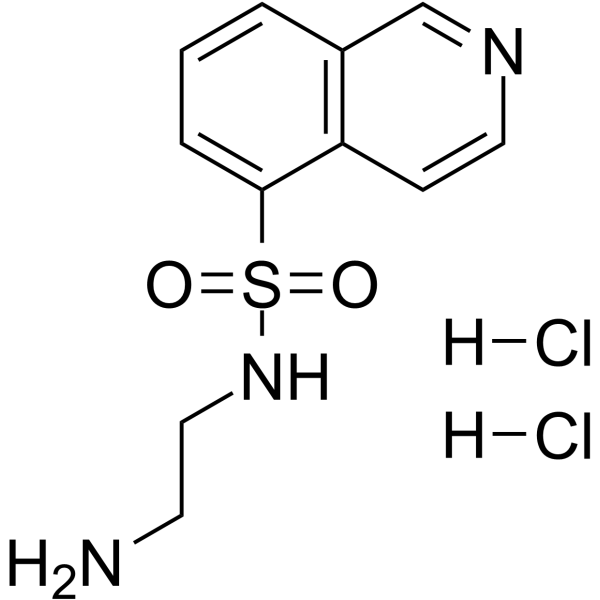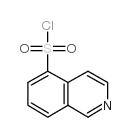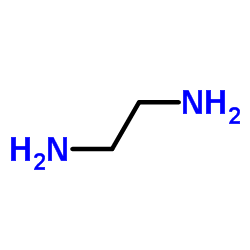116700-36-8
| Name | h-9 dihydrochloride |
|---|---|
| Synonyms |
N-(2-Aminoethyl)-5-isoquinolinesulfonamide dihydrochloride
5-Isoquinolinesulfonamide, N-(2-aminoethyl)-, hydrochloride (1:2) N-(2-Aminoethyl)isoquinoline-5-sulfonamide dihydrochloride MFCD00069286 |
| Description | H-9 Dihydrochloride is a PKA (protein kinase) inhibitor. H-9 Dihydrochloride (10 μM) significantly reduces the excitatory response to 5-HT. H-9 Dihydrochloride also has a direct effect on pharyngeal activity. H-9 Dihydrochloride inhibits signal-transduction and cell growth in EGF (epidermal growth factor)-dependent epithelial cell lines[1][2][3]. |
|---|---|
| Related Catalog | |
| In Vitro | H-9 Dihydrochloride significantly inhibits A431 cells[1]. H-9 Dihydrochloride inhibits more effectively cyclic nucleotide-dependent protein kinases than other kinases[1]. |
| In Vivo | H-9 Dihydrochloride microperfusion (100 μM) prevents picrotoxin seizures in 50% of the animals and significantly reduced the mean number of seizures and mean seizure duration[2]. |
| References |
| Melting Point | 250-255ºC dec. |
|---|---|
| Molecular Formula | C11H15Cl2N3O2S |
| Molecular Weight | 324.227 |
| Exact Mass | 323.026215 |
| PSA | 93.46000 |
| LogP | 4.24780 |
| Storage condition | −20°C |
| Hazard Codes | Xi: Irritant; |
|---|---|
| Risk Phrases | 36/37/38 |
| Safety Phrases | 26-36 |
| WGK Germany | 3 |
| HS Code | 2935009090 |
|
~% 
116700-36-8 |
| Literature: Journal of Medicinal Chemistry, , vol. 32, # 1 p. 42 - 46 |
| Precursor 2 | |
|---|---|
| DownStream 1 | |
| HS Code | 2935009090 |
|---|---|
| Summary | 2935009090 other sulphonamides VAT:17.0% Tax rebate rate:9.0% Supervision conditions:none MFN tariff:6.5% General tariff:35.0% |


![2-[2-(isoquinolin-5-ylsulfonylamino)ethyl]guanidine,hydrochloride structure](https://image.chemsrc.com/caspic/489/92564-34-6.png)